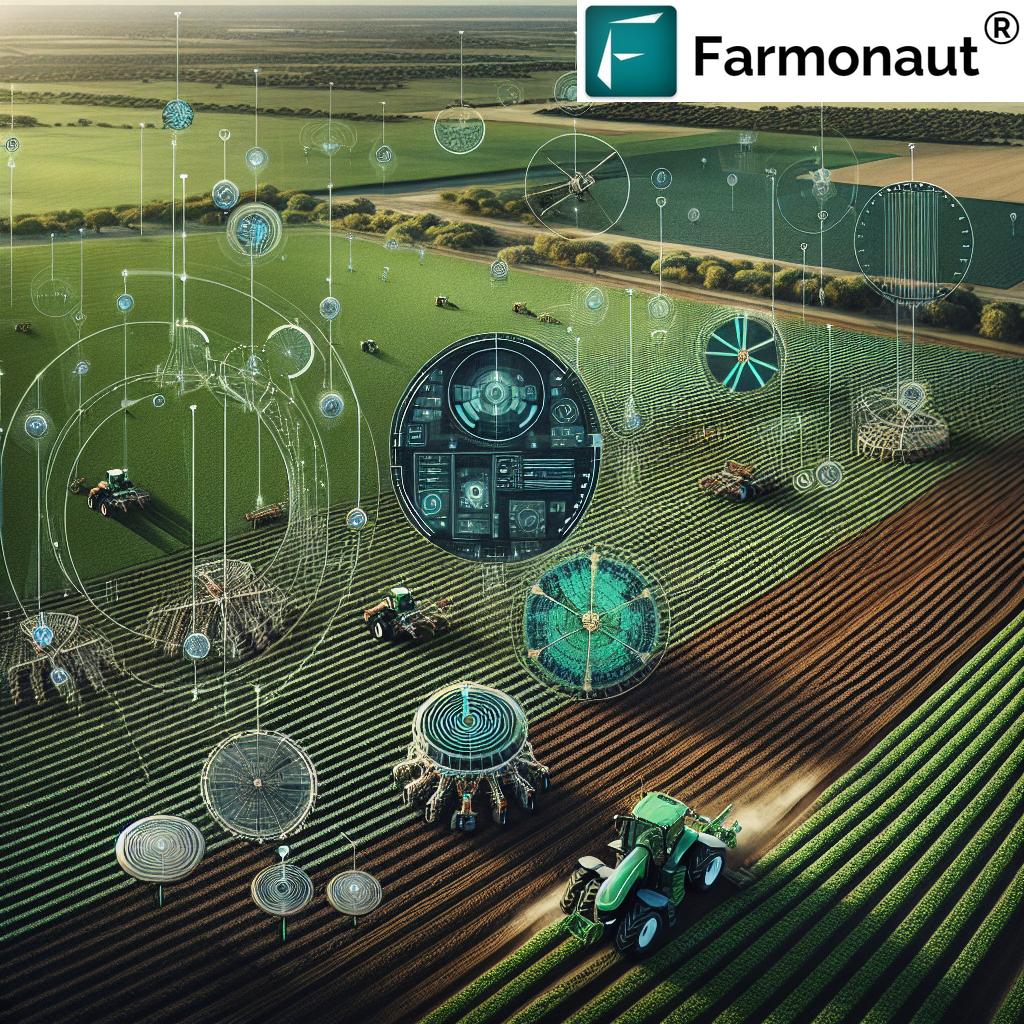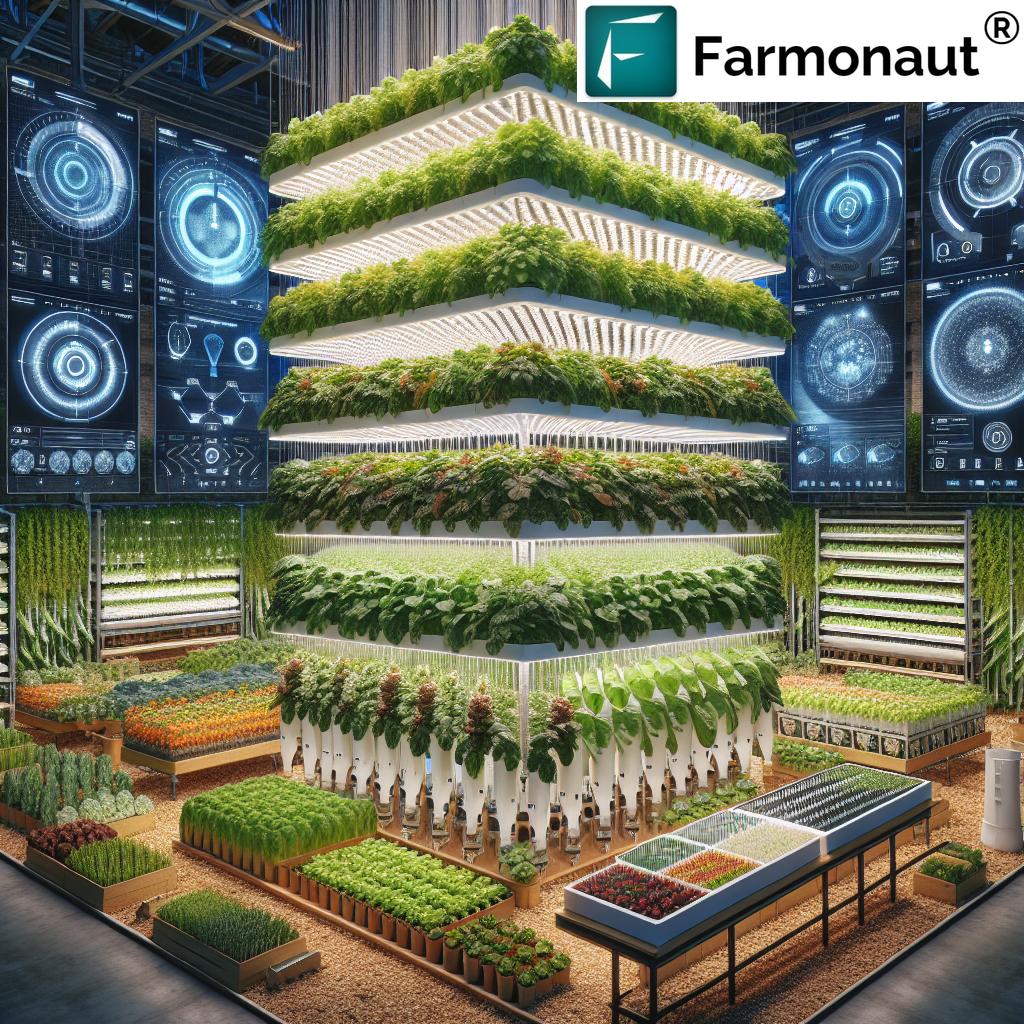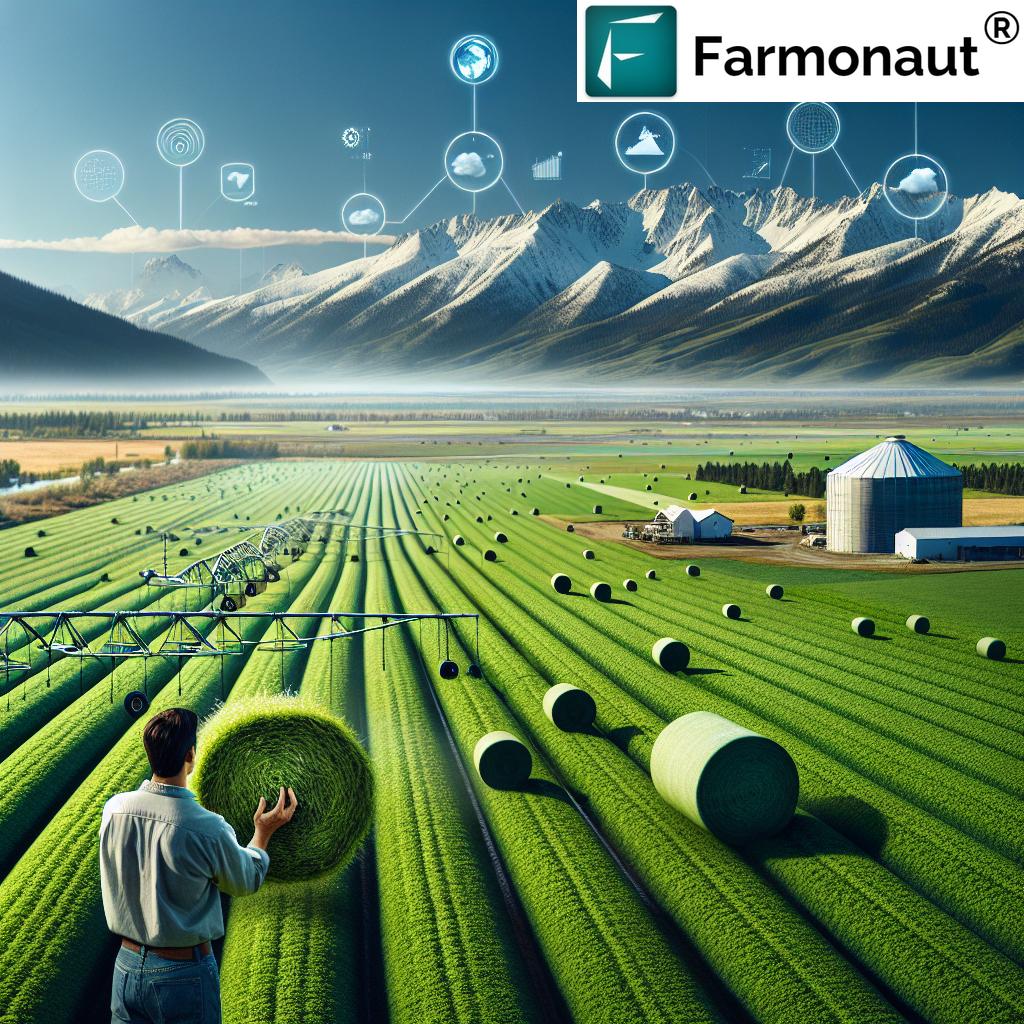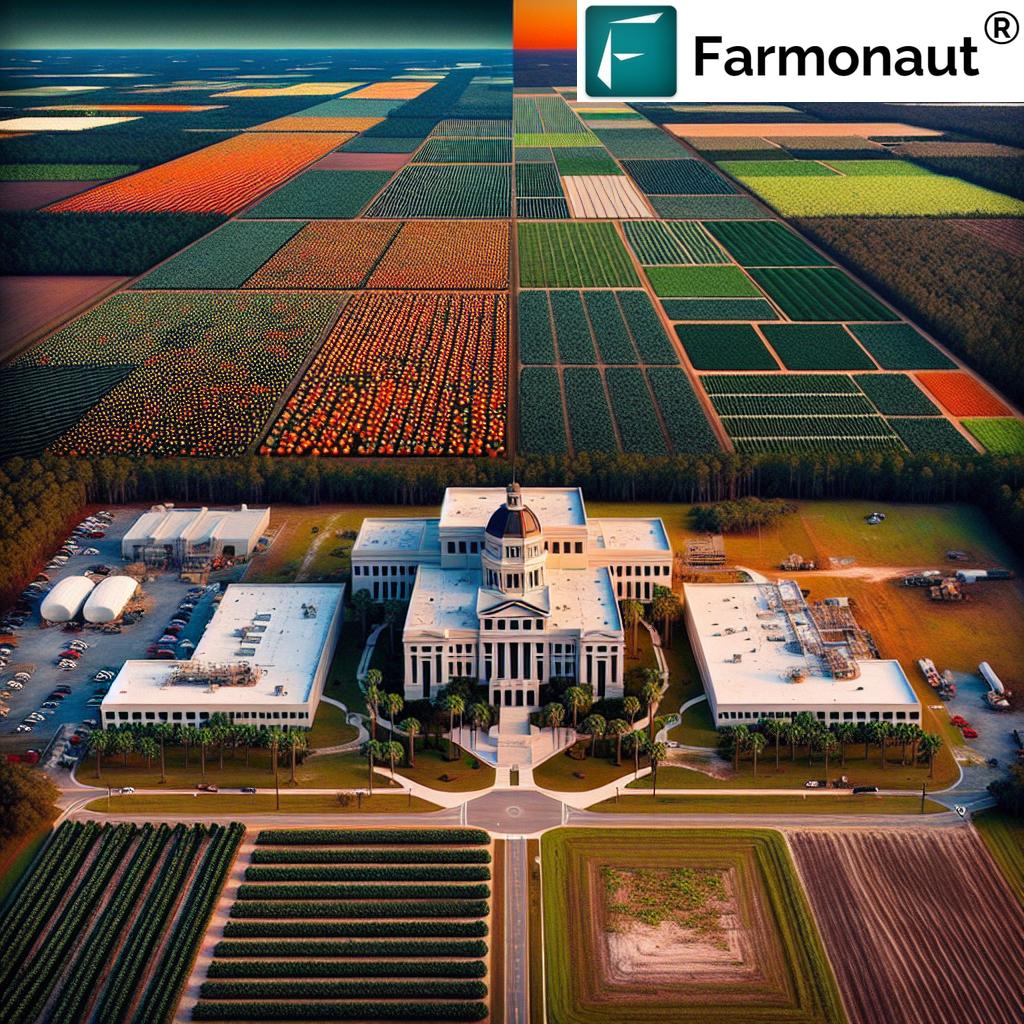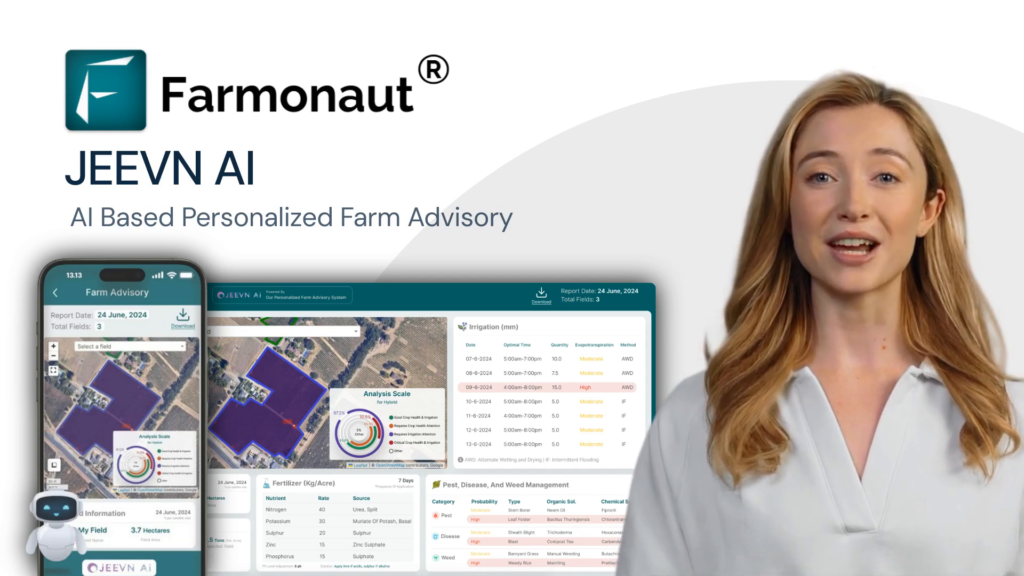How Did Technology Affect Farming in Texas? Top Changes
“Texas farmers using precision agriculture have increased crop yields by up to 20% since adopting advanced digital solutions.”
Introduction: Texas Agriculture Meets Technology
Texas has always been at the heart of American agriculture, known for its vast ranches, fertile fields, and resilient farmers. Over the years, technological advancements have dramatically reshaped the way agriculture operates in Texas, propelling the state’s farming and forestry sectors into the digital era. From the data-infused world of precision farming to powerful innovations in water conservation, crop yield optimization, and sustainable farming practices, technology is revolutionizing how we grow, manage, and harvest crops across the Lone Star State.
This comprehensive guide explores how Texas agriculture technology has transformed the industry—enhancing efficiency, sustainability, and productivity while addressing challenges unique to the Texas landscape.
Precision Agriculture and Data Analytics: The Core of Texas Agriculture Technology
The cornerstone of modern agricultural advancement in Texas is precision agriculture. This technology leverages GPS, IoT, remote sensing, and smart data analytics to optimize farm operations and resource management. Let’s break down how precision farming in Texas is reshaping practices for better outcomes:
Automated Machinery and GPS-Guided Tractors
- Tractors now use GPS guidance for unrivaled accuracy in tasks like planting, fertilizing, and harvesting.
- Automated machinery helps reduce waste, fuel usage, and labor costs.
- Farmers can execute planting and harvesting with minimal overlap, reducing input waste and environmental impact.
Remote Sensing in Agriculture: Satellites, Drones, & Advanced Imaging
-
Satellite imagery and remote sensing technology provide essential real-time data on:
- Crop health and soil conditions
- Weather patterns and irrigation needs
-
Drones with multispectral cameras can:
- Detect nutrient deficiencies, water stress, and pest infestations.
- Allow for timely interventions, reducing losses and boosting yields.
- Data analytics turn massive volumes of farm data into actionable insights, empowering data-driven decisions that maximize productivity.
With precision agriculture, Texas farmers harness satellite-based solutions, predictive analytics, and automation to achieve more with less—making farming smarter, not just harder.
Farmonaut provides real-time crop health monitoring through advanced satellite-based precision agriculture solutions accessible via Android, iOS, web, and API. Our technology helps farmers in Texas visualize vegetation health (NDVI), soil moisture levels, and key metrics that support smart fertilizer application, timely irrigation, and resource optimization. Experience our platform now.
Water Conservation Technologies in Texas: Efficient Irrigation & Smart Management
Water conservation in agriculture is absolutely crucial in Texas, where drought and water scarcity consistently threaten crop yields. Innovative technologies and efficient systems have emerged, drastically transforming irrigation and resource management practices:
- Drip irrigation systems deliver water directly to roots, reducing evaporation and minimizing runoff.
- Soil moisture sensors in Texas give precise, real-time readings—enabling farmers to irrigate according to actual plant needs, preventing overuse and conserving resources.
- Rainwater harvesting, drought-resistant crop varieties, and supplementary water sources further secure reliable water supplies during dry seasons.
Impact: These advancements have significantly reduced water waste, improved crop resilience, and enhanced environmental sustainability across Texas agricultural landscapes.
“Water-efficient irrigation technologies have helped Texas agriculture reduce water usage by nearly 30% over the past decade.”
Developers: Access real-time remote sensing, crop monitoring, and weather data with our Farmonaut API and explore integration options in our API Developer Docs.
Biotechnology & Genetically Modified Crop Development in Texas Agriculture
The evolution of biotechnology has transformed crop improvement strategies, making Texas agriculture more resilient and productive than ever before.
- Genetically modified (GM) crops—such as cotton or corn—are engineered for resistance to pests and environmental extremes.
- These resilient varieties require fewer chemical inputs, helping farmers reduce costs and environmental impact, while increasing profitability.
- Modern biotechnology enables the development of drought-tolerant and nutrient-efficient crops, aligning with the sustainability goals essential in Texas.
Result: Enhanced crop yield optimization, improved food security, and reduced resource dependency are driving new heights of efficiency statewide.
Artificial Intelligence and Machine Learning in Texas Farming
The marriage of artificial intelligence in farming and machine learning is opening new doors for Texas farmers striving for cutting-edge production and smart resource allocation.
- AI-powered platforms analyze complex datasets—from satellite images to field sensors—to generate tailored, actionable insights for every farm.
-
Precision farming in Texas now leverages AI for:
- Yield prediction and crop yield optimization
- Biomass estimation
- Optimized irrigation and input use
- Smart crop termination and harvest timing
- Machine learning models adjust as new information flows in, giving farmers an evolving toolset for ongoing improvement and adaptation.
Outcome: By harnessing the power of artificial intelligence, Texas agriculture has become more resilient, responsive, and highly efficient.
At Farmonaut, our Jeevn AI Advisory System offers personalized farm management insights—powered by artificial intelligence and machine learning—that help farmers in Texas stay ahead of changing conditions and achieve the best possible outcomes.
Crop insurance and lending institutions can use our satellite-based verification through Farmonaut’s Crop Loan & Insurance solution to reduce risk, cut down on fraud, and improve access to critical finance for Texas producers.
Sustainable Farming Practices in Texas Agriculture: Technology and Conservation
Why is sustainability so vital in Texas agriculture?
-
Conservation tillage enabled by advanced machinery and data-driven techniques reduces:
- Soil erosion
- Water and fuel consumption
- Pesticide application
- Healthy soil equals improved moisture retention, enhanced root growth, and better crop resilience during drought.
- Carbon footprint tracking and resource management tools provide real-time feedback—helping Texas farmers reduce emissions and showcase commitment to environmental stewardship.
Farmonaut’s Carbon Footprinting Solution empowers agribusinesses to measure, monitor, and minimize environmental impact—vital for compliance and sustainability in the evolving agricultural landscape.
Our platform at Farmonaut also supports large-scale resource planning with advanced farm management solutions, supporting plantation monitoring, biomass tracking, and sustainable growth for expansive Texas operations.
Indoor and Vertical Farming Innovations in Texas: Growing Upwards and Indoors
The field of indoor farming and vertical farming systems is budding in Texas—offering new opportunities for year-round crop production, water efficiency, and urban food security. Companies are rolling out:
- Hydroponic and aeroponic vertical systems—using stacked layers and soilless growth to maximize space and minimize water usage.
- Fully controlled environments powered by sensors, automation, and digital agriculture solutions—optimizing light, temperature, nutrients, and humidity for perfect plant growth.
- Reduced dependence on pesticides and herbicides, supporting healthier crops and more sustainable production.
Result: Texans are growing more with less—less water, less land, and less waste—thanks to these innovative farming techniques.
Broadband, Digital Infrastructure & Key Challenges in Texas Agriculture
No discussion of digital agriculture progress in Texas is complete without addressing both the opportunities and challenges of broadband access and supporting infrastructure:
- Reliable internet access is vital for running modern tech, from remote sensing in agriculture to real-time sensor data uploads and cloud-based analytics.
- Rural and remote areas lag in broadband infrastructure—limiting adoption and slowing progress on digital agriculture transformation.
- Investments and public-private efforts are ongoing to deliver essential connectivity to all Texas farmers and agricultural sectors.
Our Fleet Management platform is designed for large-scale Texas agribusinesses—enabling efficient tracking of machinery, logistics, and resource allocation even in areas with spotty internet, further improving efficiency and cost control.
Comparison Table: Traditional vs. Modern Farming Technologies in Texas
| Farming Practice | Traditional Method (Estimated Yield/Water Use/Sustainability Impact) |
Modern Technology (Estimated Yield/Water Use/Sustainability Impact) |
Notable Benefits |
|---|---|---|---|
| Irrigation | Flood irrigation Yield: 2 tons/acre Water: 100% baseline High runoff/erosion |
Drip irrigation & soil moisture sensors Yield: 3.5 tons/acre Water: ~60% of baseline Low erosion |
Water use reduced by ~40%. Higher crop yield and water conservation. Lower soil degradation. |
| Crop Monitoring | Manual field scouting Yield: 2.2 tons/acre Delayed intervention |
Satellite & drone-based remote sensing Yield: 3.0+ tons/acre Timely intervention |
Earlier detection of pests, diseases, & stress. ~20% increase in yield. Lower crop loss. |
| Pest Management | Widespread chemical spraying High pesticide volume |
Targeted, data-driven application Less chemical use |
Reduced environmental impact, cost savings, higher quality crops. |
| Soil Management | Conventional tillage Poor moisture retention |
Conservation tillage/data analytics Improved soil structure |
Reduced erosion, better soil health, improved moisture/higher yields. |
| Weather & Planning | Experience-based, limited forecasting Frequent weather-related losses |
AI-driven, real-time forecasting Timely interventions |
Reduces losses, improves planning, boosts profit margins. |
Farmonaut: Affordable Precision Agriculture and Smart Digital Solutions
As we look at how agriculture technology is transforming Texas, tools like those from Farmonaut have become an essential bridge—making precision farming accessible not just to large operations but also to small and mid-sized farms, and farm managers in Texas. Here’s what sets our digital agriculture platform apart for local farmers and agribusinesses:
- Satellite-based crop and soil monitoring: In-depth NDVI and moisture data for timely stress and pest detection.
- AI-backed advisory systems: Personalized insights for maximizing crop yield, irrigation, and input optimization.
- Blockchain-based product traceability: Full transparency for your supply chain. Discover secure traceability solutions for Texas agriculture here.
- Fleet, resource, and carbon management: One dashboard for all your digital agriculture and sustainability metrics.
- Accessible on all devices: Manage your Texas farms via our web portal, iOS, and Android apps—on any screen, at any time.
Our mission: Provide reliable, affordable, scalable, and innovative precision farming in Texas and beyond—helping every grower reap the benefits of the digital agriculture revolution.
Challenges and Future Outlook for Technology in Texas Agriculture
While the integration of technology in Texas farming is generating numerous benefits, it comes bundled with challenges that require ongoing adaptation and investment:
- High initial costs: Modern systems can be expensive to set up, creating entry barriers for smaller farms.
- Technical expertise: Effective use of advanced tools and data analytics demands new learning and ongoing support.
- Data privacy & security: As more agricultural data moves online, safeguarding sensitive farm information is vital.
- Broadband access: Gaps in rural digital infrastructure must be closed to ensure statewide benefit.
- Continuous adaptation: The pace of technical innovation requires Texas farmers to keep upgrading skills and processes.
Addressing these obstacles through enhanced education, investment in infrastructure, and robust support services is essential for sustained productivity, sustainability, and growth in Texas agriculture.
Explore in-depth crop plantation, forest management, and advisory solutions to optimize large-scale growing in Texas via our platform here.
FAQ: Texas Agriculture Technology
-
Q: What is the biggest change technology has brought to Texas agriculture?
A: Precision agriculture and data-driven practices have allowed Texas farmers to dramatically improve efficiency by optimizing input use, maximizing yields, and reducing waste—ushering in a new era of smart, sustainable production.
-
Q: How are water conservation technologies helping Texas farmers?
A: Innovations like drip irrigation, soil moisture sensors, and drought-resistant crops help farmers deliver water only where and when needed, preventing waste and addressing recurring drought conditions common in the region.
-
Q: How has AI impacted farming in Texas?
A: Artificial intelligence-driven tools analyze satellite, sensor, and field data to improve harvest predictions, resource allocation, and decision-making, resulting in better yields and lower environmental impact.
-
Q: Why is digital infrastructure so important for farmers?
A: Reliable broadband and connectivity are essential for using cloud-based analytics, remote sensing data, and IoT-driven farming apps—empowering farmers to fully leverage digital agriculture solutions.
-
Q: Are Farmonaut’s technologies suitable for small and medium farms?
A: Yes. Farmonaut is committed to making precision agriculture accessible and affordable to all scales of farming in Texas and worldwide, offering flexible subscription options and device compatibility for individual farmers and agribusinesses alike.
Summary & Conclusion: Technology’s Lasting Impact on Texas Farming
The effect of technology on farming in Texas is nothing short of transformative. Precision agriculture techniques, remote sensing in agriculture, soil moisture monitoring, AI-driven data analytics, and sustainable indoor and vertical farming systems have converged to create a robust, forward-thinking agricultural sector that leads by example. Local farmers and agribusinesses are adopting innovative digital agriculture solutions to secure water efficiency, data-backed decision-making, and environmentally responsible growth for the future.
While challenges remain—especially regarding broadband access, training, and infrastructure—the trajectory is one of continuous progress. By embracing advanced technologies, informed practices, and a spirit of adaptation, Texas is positioned to not only meet the needs of a growing population, but to do so sustainably and profitably.
Farmonaut plays a part in this journey by making precision agriculture technology affordable, scalable, and universally accessible—powering a new age of high-efficiency, low-impact, and data-driven farming across Texas and beyond.

